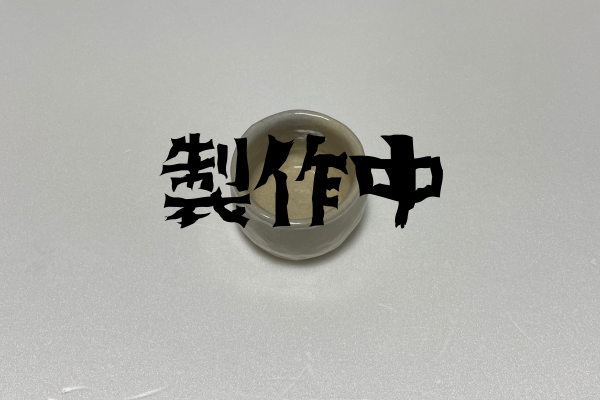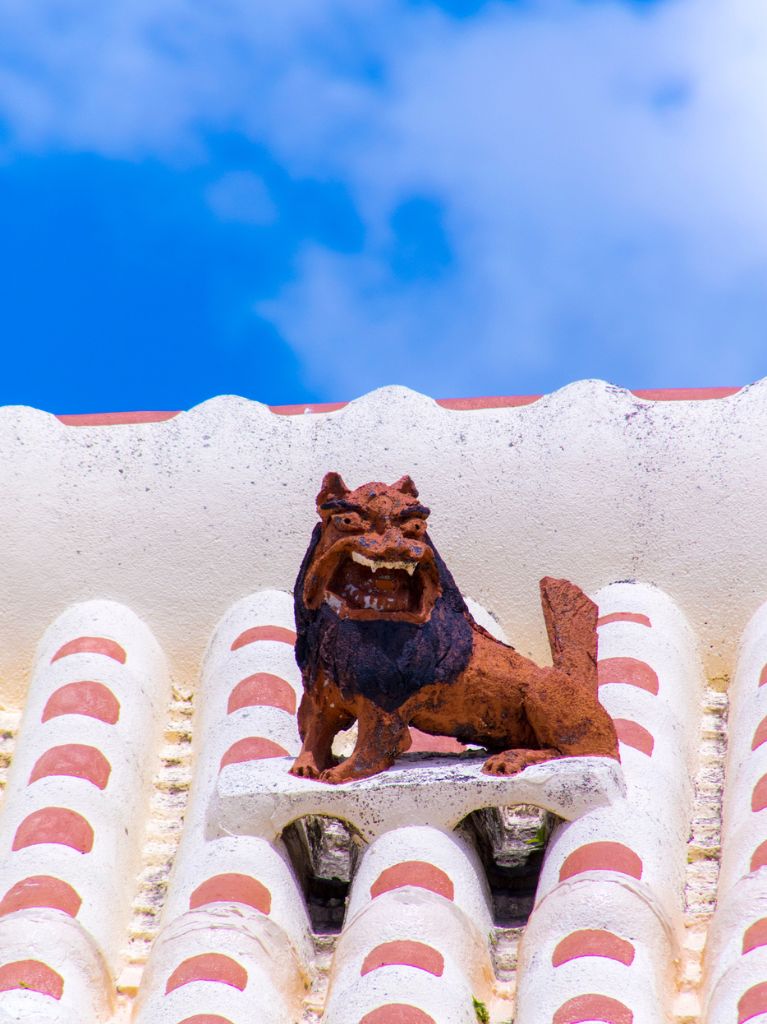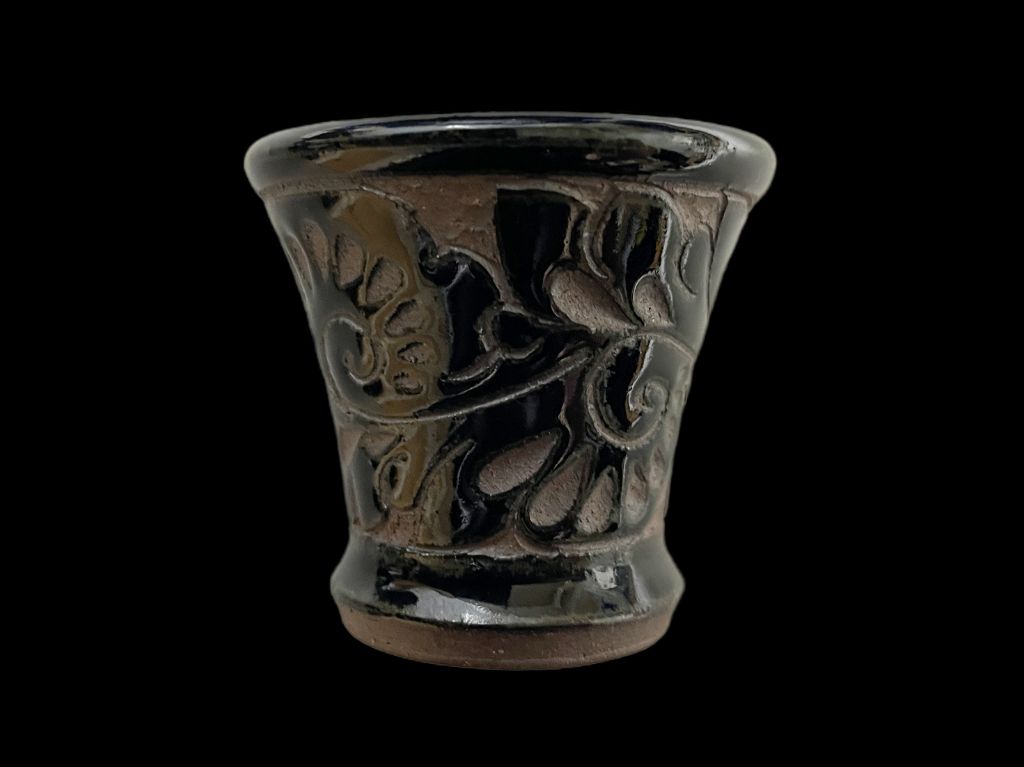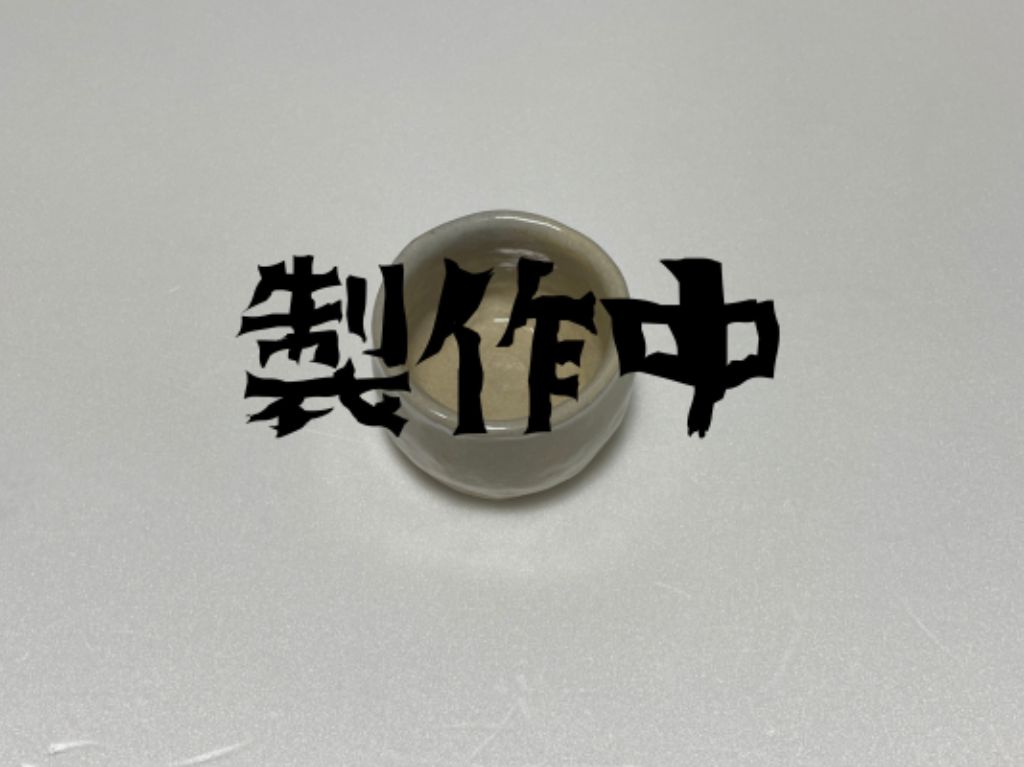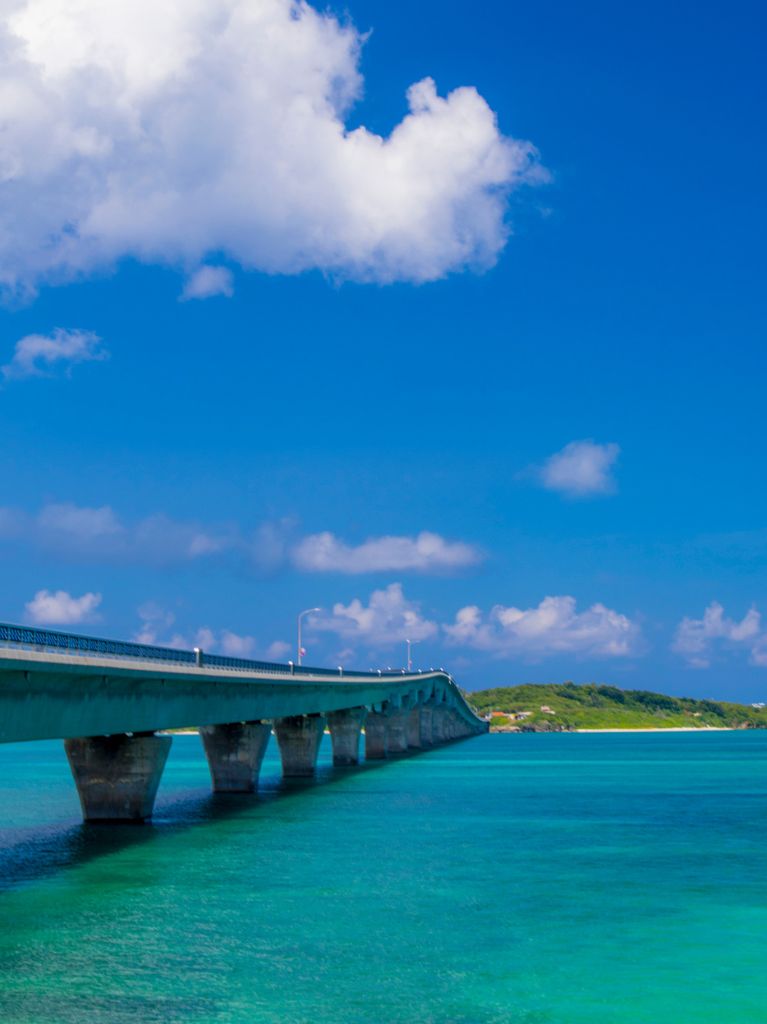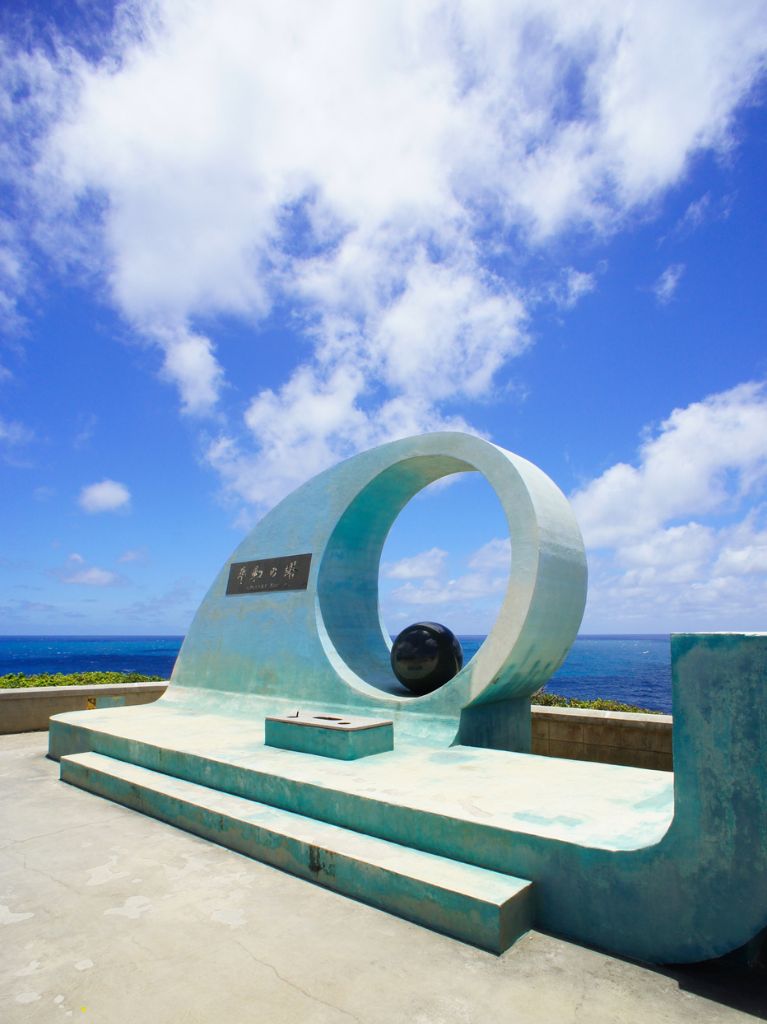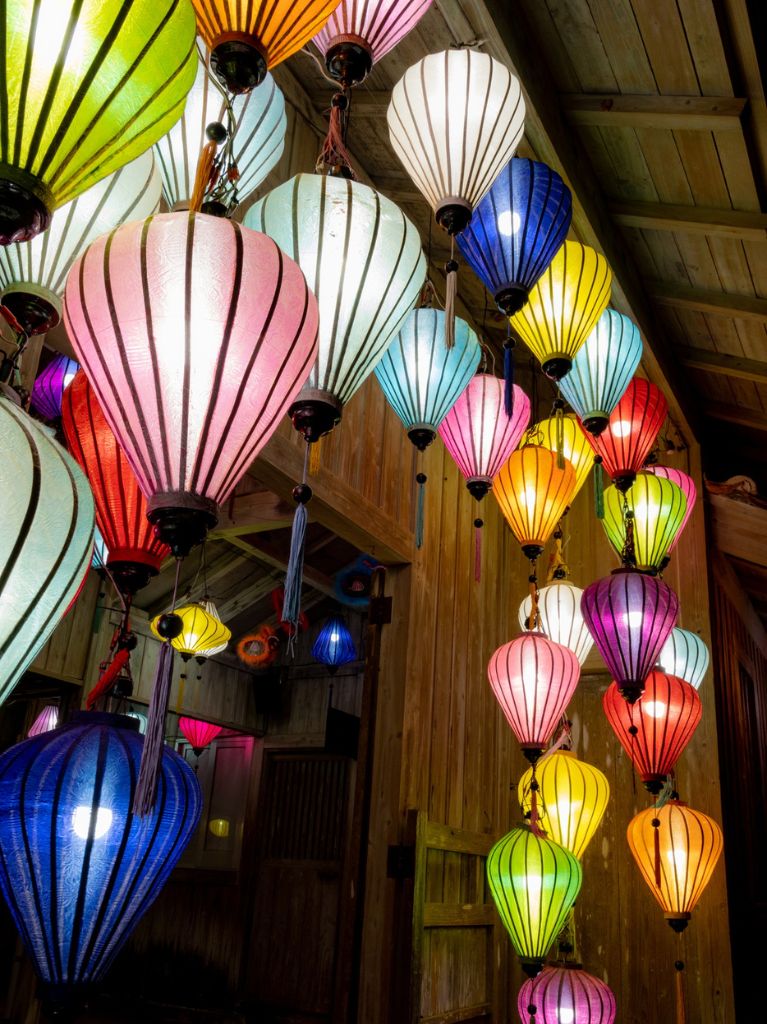OKINAWA
TSUBOYA YAKI
TSUBOYA YAKI is a traditional Japanese pottery produced around Naha City, Okinawa Prefecture. Its history dates back to the early Edo period, when after the Shimazu clan of Satsuma occupied Ryukyu, the Ryukyu Dynasty at that time consolidated three kilns scattered around Okinawa and called the land “Tsuboya”.
TSUBOYA YAKI is divided into Joyachi, which is glazed and fired at a high temperature of around 1230 degrees, and Arayachi, which is unglazed and fired at around 1120 degrees. Its famous patterns include the chrysanthemum crest and the fish pattern.
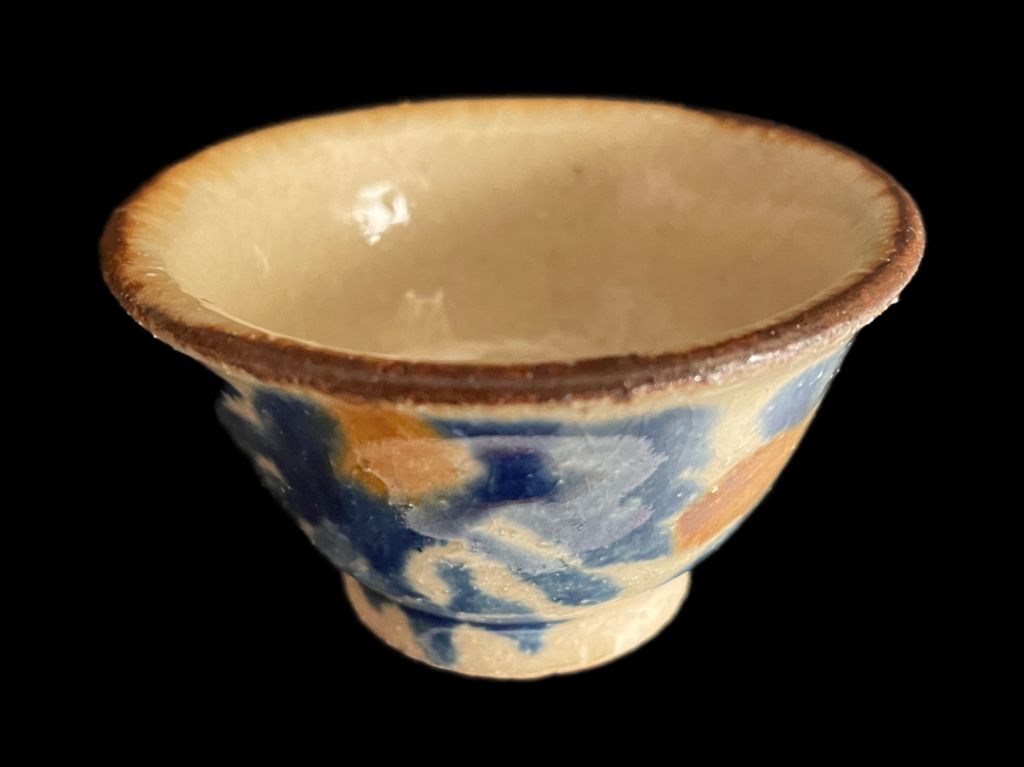
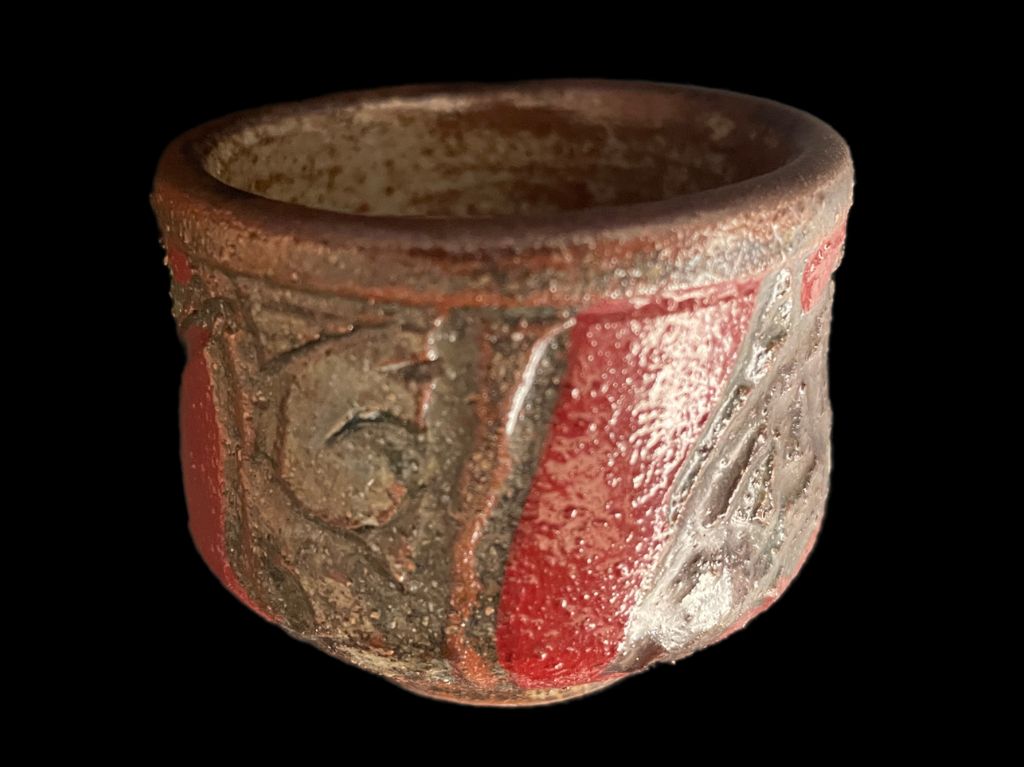
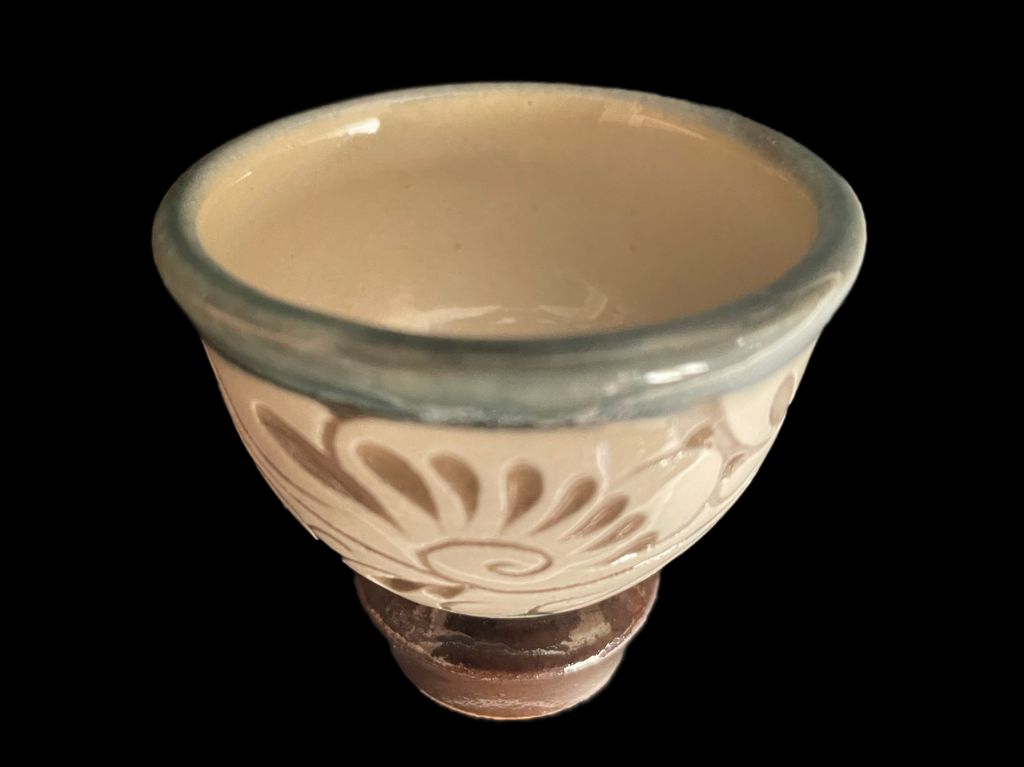
MIYAKOJIMA TSUBOYA YAKI
MIYAKOJIMA TSUBOYA YAKI is a traditional pottery produced in Miyakojima City, Okinawa Prefecture. Inheriting the traditions of TSUBOYA YAKI, in the Showa era, Kinjo Toshinobu, a member of the family of Kinjo Jiro, a Living National Treasure, opened a kiln (Kinjo Pottery) in Miyakojima.
MIYAKOJIMA TSUBOYA YAKI is famous for pottery with peony, hibiscus, and fish patterns. There is also a unique Miyakojima sake vessel called Otori Glass, which is used to pass around and drink awamori from a single vessel.
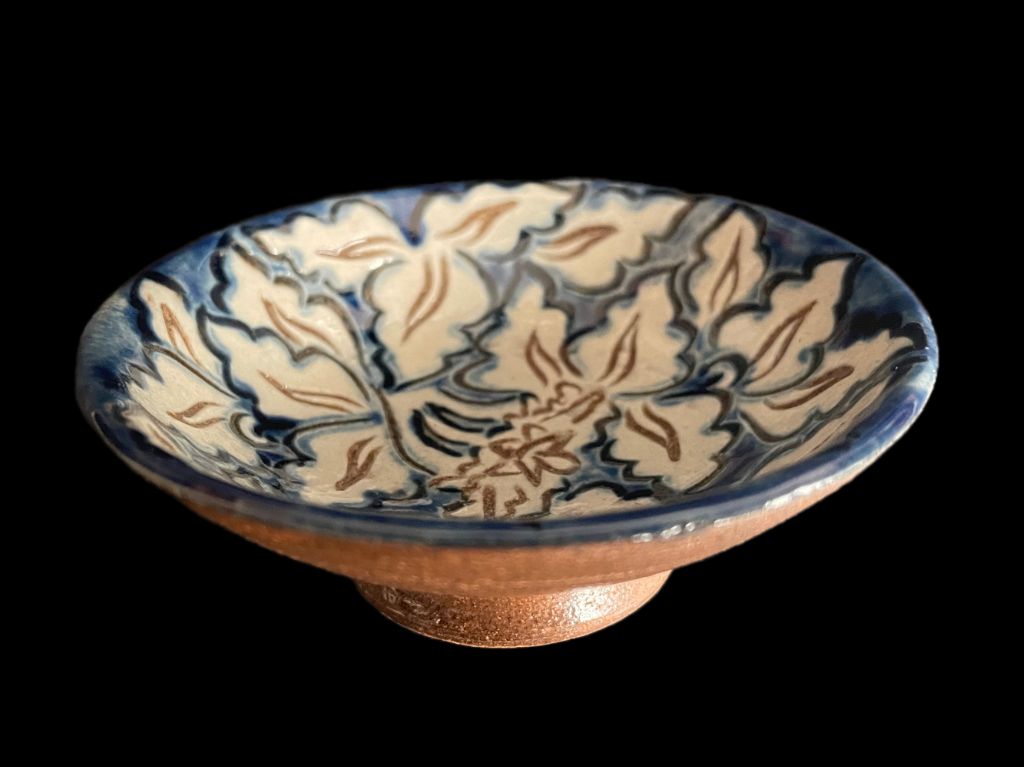


RYUKYU YAKI
RYUKYU YAKI is a traditional Japanese pottery produced throughout Okinawa Prefecture, including Itoman and Nago City. Its history dates back to the Ryukyu Kingdom. There are many kilns than TSUBOYA YAKI which are called RYUKYU YAKI.
RYUKYU YAKI comes in a variety of shapes, including Shisa, and is also very diverse in color, including two-tone colors, unique sea colors, and deep blue colors. As for glazes, green glaze, amber glaze, cobalt glaze, and white makeup are often mixed together.
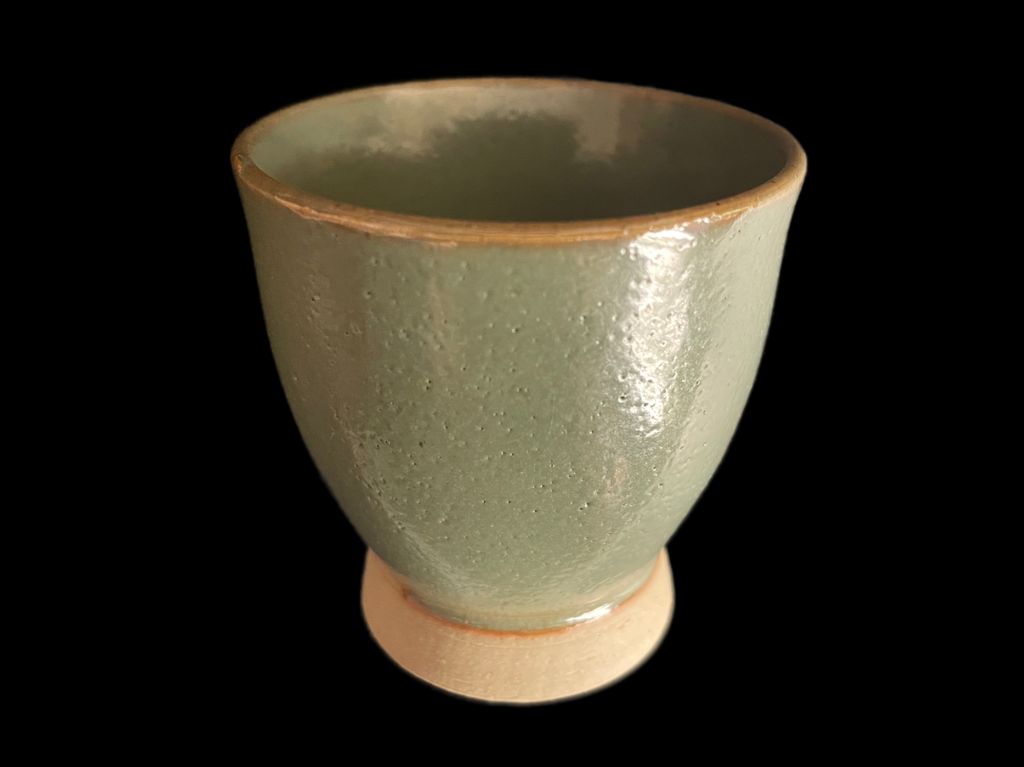
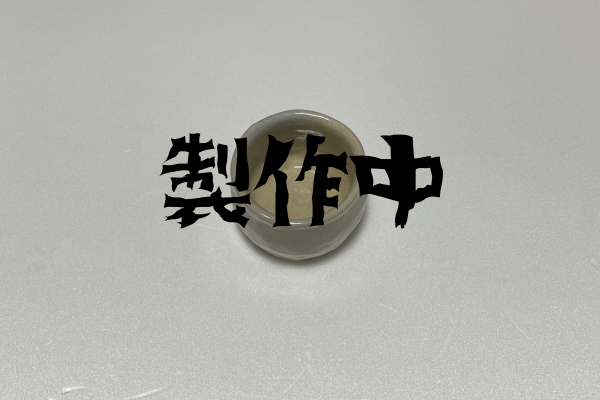

YOMITANZA YAKI
YOMITANZA YAKI is a traditional Japanese pottery produced in Yomitan Village, Nakagami District, Okinawa Prefecture. Its history is older than Tsuboya-yaki, and it was called Kina-yaki, but the kiln was later abandoned. Later, when Kinjo Jiro moved to Yomitan Village, and Omine Jitsukiyo, Kinjo Akimitsu, Tamamoto Terumasa, and Yamada Makoto also moved to Yomitan Village and set up kilns, which led to the modern YOMITANZA YAKI.
YOMITANZA YAKI is based on Okinawan soil and the traditional techniques of TSUBOYA YAKI, but each potter creates their own unique work, using glazes made from sugarcane and unique glazes that are fired to a vivid blue color.
